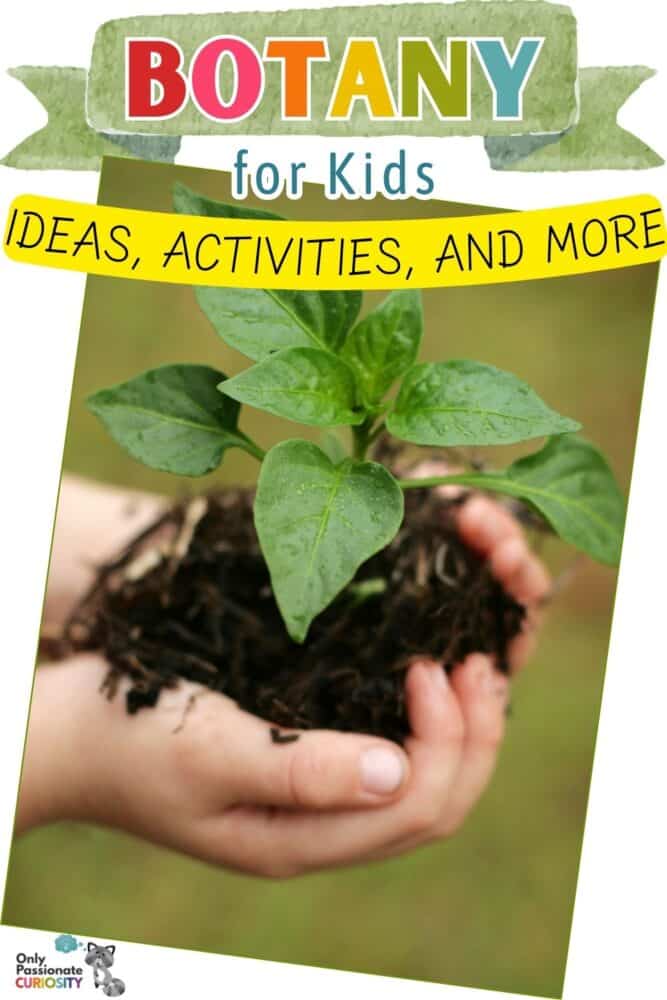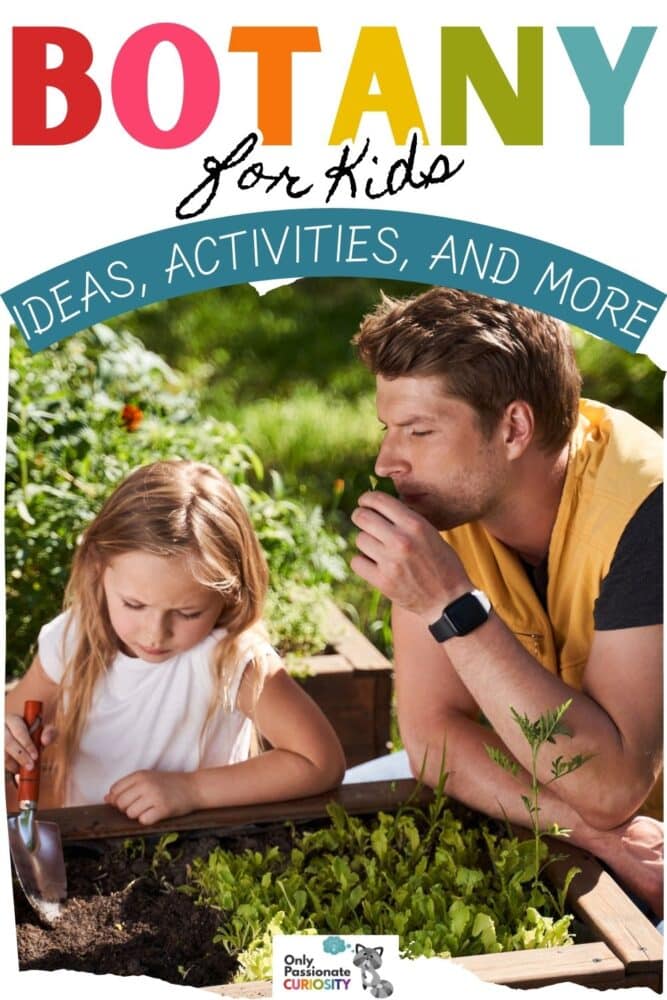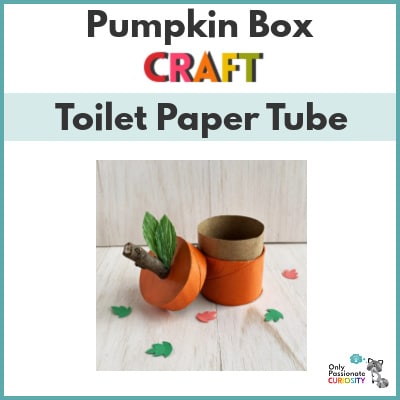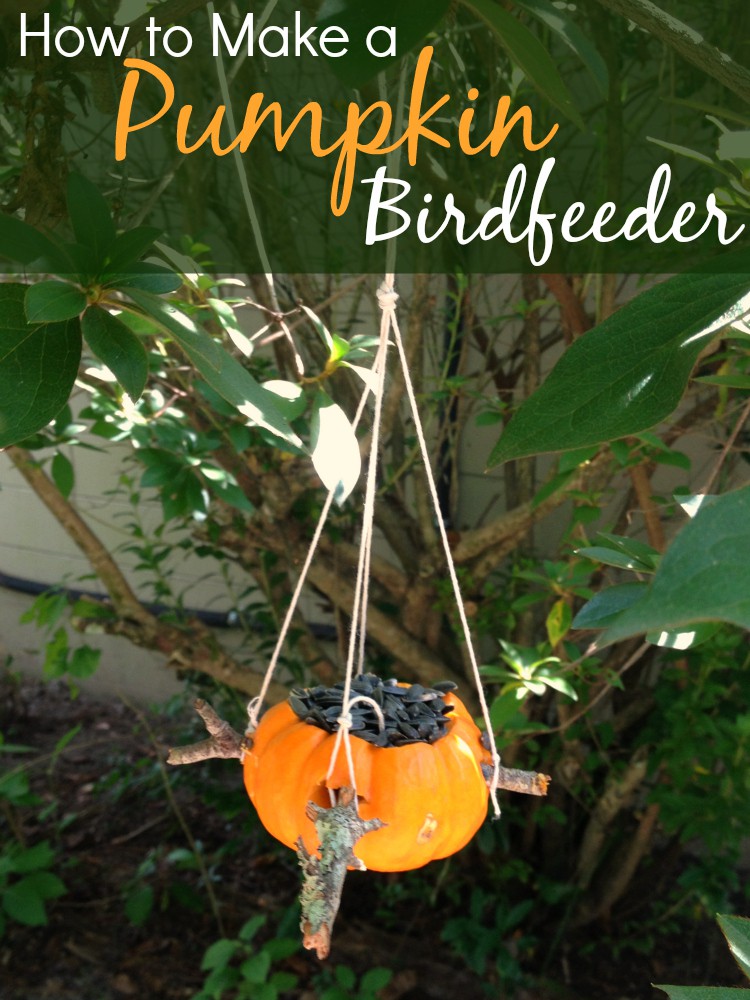Botany for Kids – Ideas, Activities, and More
If you’re a homeschooling parent, you have the incredible opportunity to spark your children’s curiosity about the world around them. Isn’t it a wonderful responsibility? Botany, the study of plants, offers a rich tapestry of learning experiences that can engage children of all ages.
From the smallest seedlings to towering trees, there’s a whole world of God’s amazing creation waiting to be explored right in your backyard (or local park, or indoor garden, or nearby orchard … you get the idea).
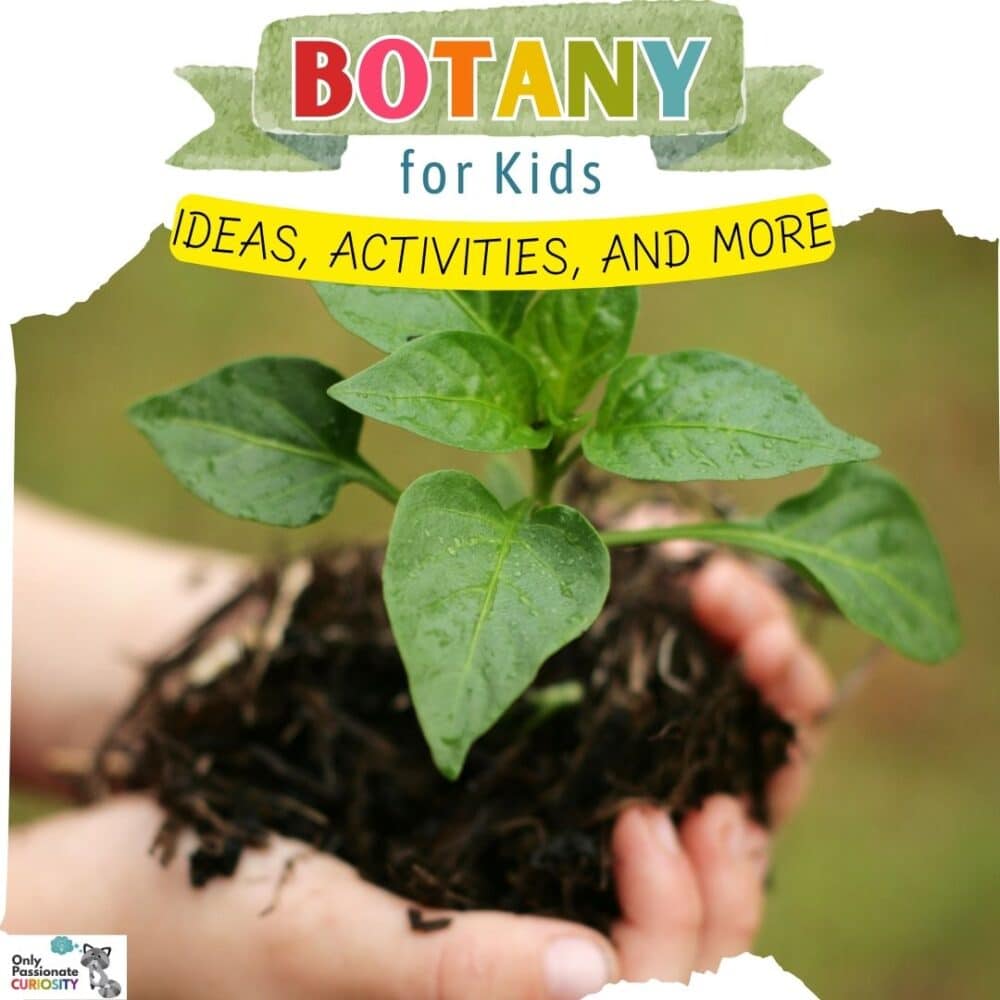
Here are some great ideas, tips, and resources for teaching botany to your homeschoolers to inspire a lifelong love for plants and nature.

Fun Facts About Botany
Let’s start with some facts about this amazing science subject!
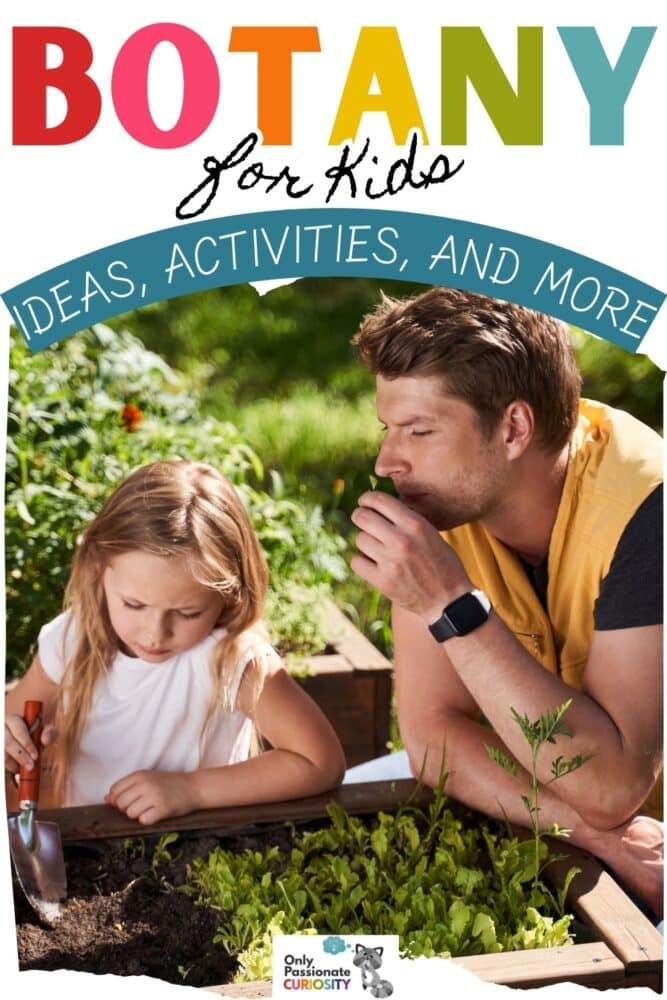
5 Tips for Teaching Botany to Young Children
You might already be doing some of these, but here are a few suggestions on how to organically (see what I did there?) incorporate the subject of botany into your homeschool days:
- Hands-On Exploration: Take advantage of nature walks to observe different types of plants up close. Encourage your children to touch, smell, and even taste (with caution and under supervision) different leaves, flowers, and fruits. Take an ABC Nature Walk with Your Young Kids. You can also Go on a Fall Nature Walk with a Scavenger Hunt
- Planting Seeds: Growing plants from seeds is a magical experience for young children. Start with easy-to-grow seeds like beans or sunflowers, and let your child take charge of watering and caring for their own little garden. Read the 8 Best Hacks for Homeschool Gardening. Check out these Gardening Unit Study Ideas. Finally, here are Four Reasons to Make Gardening a Part of Your Homeschool.
- Nature Journals: Encourage your children to keep a nature journal where they can draw pictures of plants they observe, write down their observations, and jot down any questions they have about the plants they encounter. Check out 10 Reasons to Keep a Nature Journal and these suggestions on how to Make a Leaf Journal. Finally, here are 5 Fun Nature Journal Ideas!
- Storytime with Plants: Incorporate plant-themed storybooks into your homeschool curriculum. Stories like The Tiny Seed by Eric Carle or The Lorax by Dr. Seuss can inspire a love for plants and nature in young children. Here are a few more recommended books: Seed to Plant, Trees, Leaves, Flowers, and Seeds, and Kids’ Botany Activity Book.
- Experiment with Photosynthesis: Help children understand the concept of photosynthesis by conducting simple experiments using water, sunlight, and plants. Watching a leaf produce bubbles of oxygen can be a fascinating hands-on lesson. (Check out this Plant Photosynthesis Craft and 10 Fabulous Nature Games to Add to Your Nature Study.)

5 Tips for Helping Middle Grade Children Learn About Botany
Here Are More Ideas for Botany Learning Fun!
- Nature Ideas for Kids: Take the Fun and Learning Outside
- Botany, Gardening, and Nature Printables
- Acorn Activity Set
- Plants That Can Help Improve Your Help
- A Simple Way to Make Introducing Plant Classification Fun
- Seed Saving and Teaching Children about Plant Life Cycles
- 25 Creative Ways to Learn Math in the Garden
- Plant Science in the Kitchen
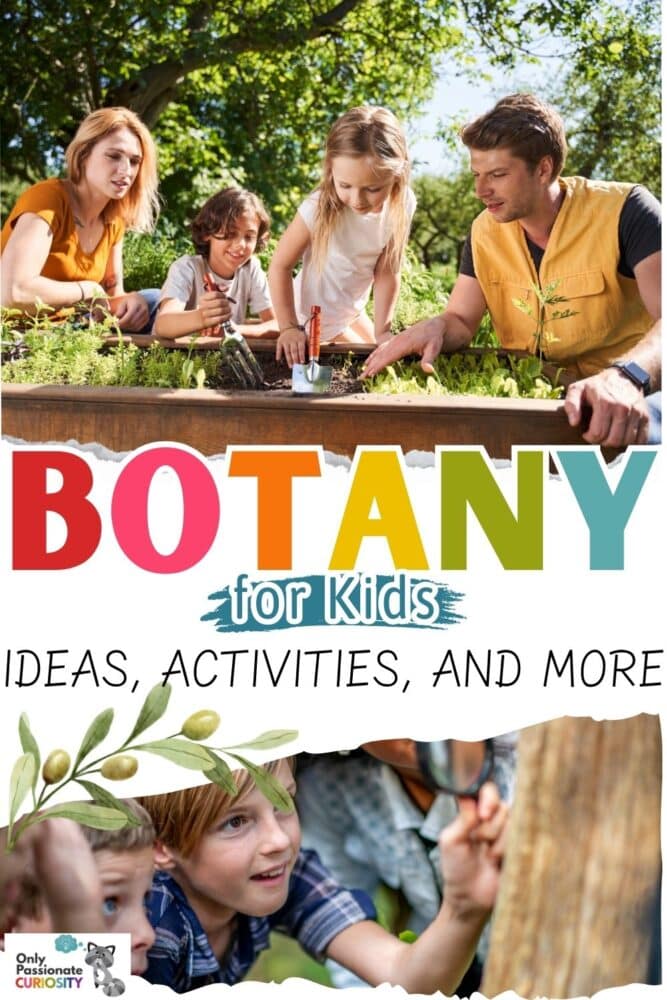
By incorporating these tips, facts, and other resources into your homeschool curriculum, you can inspire a lifelong appreciation for the fascinating world of botany in your children.
Whether they’re marveling at the diversity of plant life or conducting hands-on experiments, the journey of discovery is sure to be rewarding for both you and your young botanists. Happy exploring!



